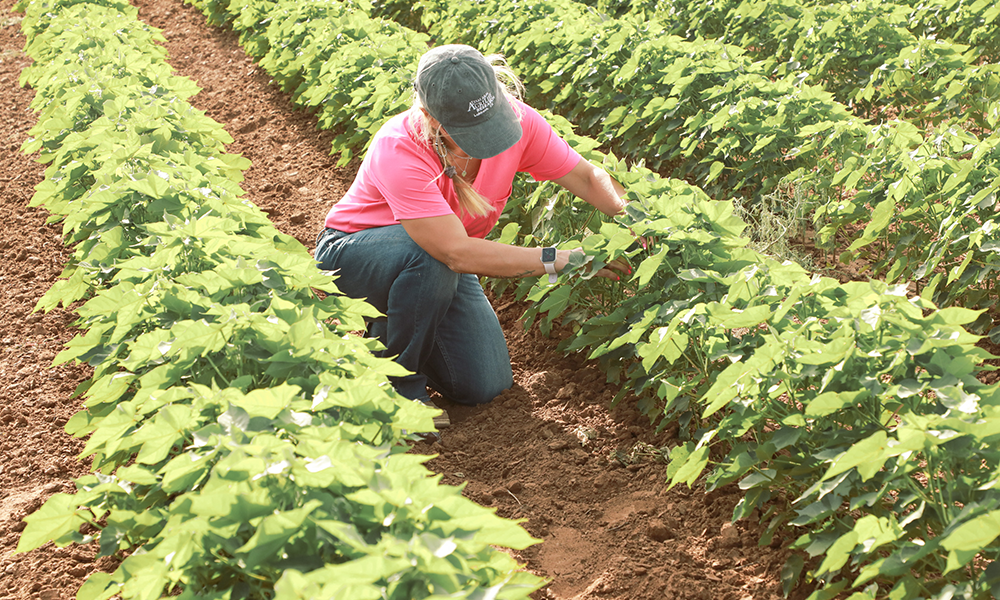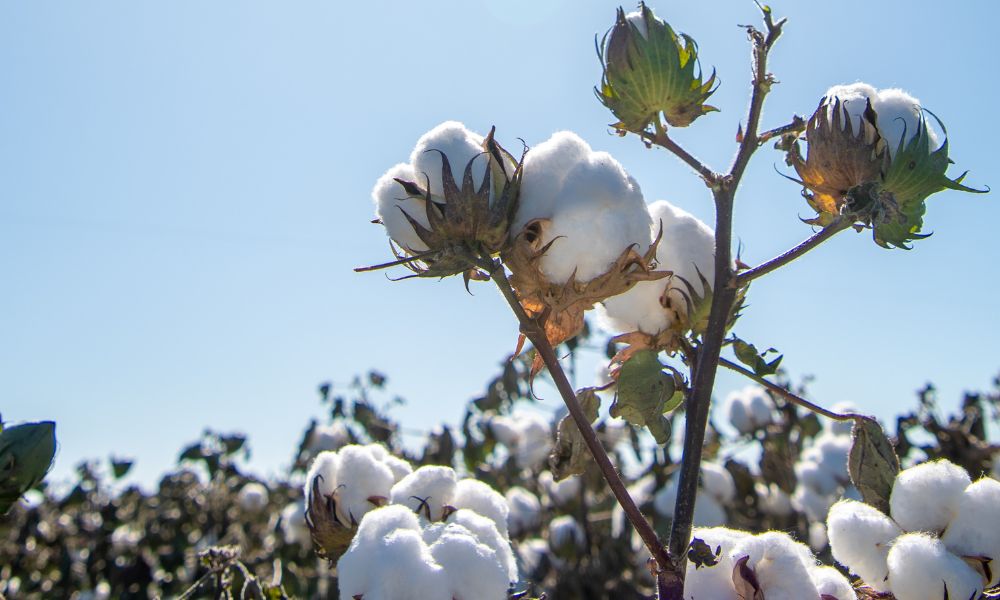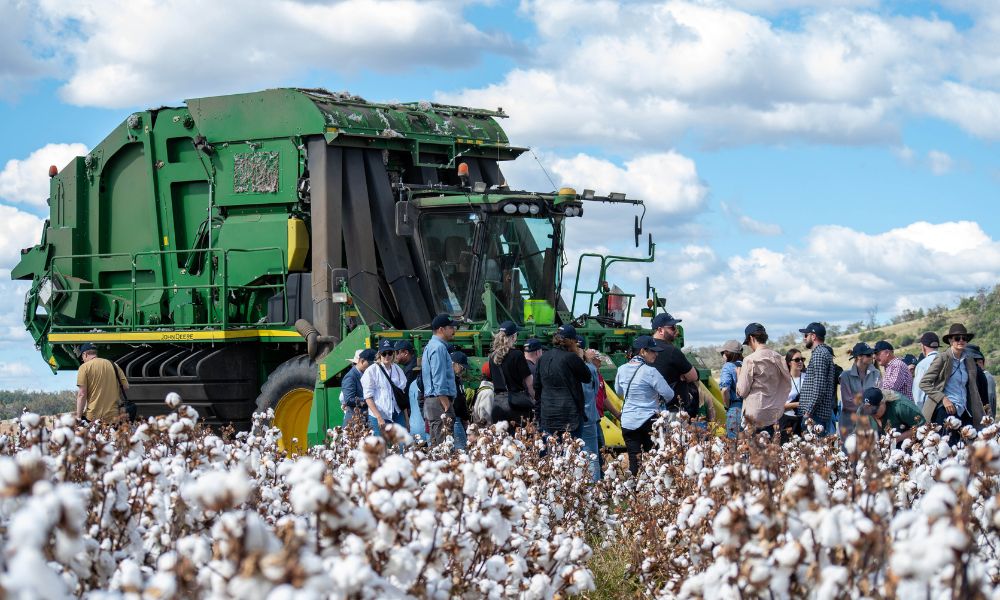Imminent Breakthroughs in U.S. Cotton Energy Efficiency
October 4, 2022
A new Cotton LEADS℠ webpage explores emerging technologies and research spurring industry-wide gains in energy efficiency.
Much like water use efficiency, GHG emissions, and soil conservancy, U.S. cotton energy efficiency has improved incredibly — by nearly 31%1 — in the last 40 years. Most of these gains come from reducing fertilizer use, adopting low or no-tillage and harvest and ginning technologies. Yet, farm management (tilling, harvesting and ginning) and fertilizer and pesticide production still require the most energy use across the U.S. cotton industry2 .
Achieving the industry-wide goal to decrease energy use by 15% between 2015 and 2025 will require new efficiencies in these critical areas, and researchers, growers and organizations are all contributing to some very promising research and innovations in each area.
Fertilizer’s Contribution to Energy Use
Fertilizer production accounted for about 52% of the U.S. cotton industry’s energy use per pound of lint in 20203. That’s why reducing fertilizer losses through precision application — using the right amount at the right time — is a major focus for cotton energy efficiency research.
Many current research projects are exploring how to help cotton plants use nitrogen more effectively, employing large-scale data modeling and exploring how soil and environmental conditions contribute. There are even soil microbial studies planned that will focus on how the microbiome can improve nutrient use efficiency.
Discover how nutrient efficiency research and outreach efforts are improving energy efficiency on our Energy Efficiency webpage.
Reducing Tillage Reduces Energy Use
Conservation tillage provides a two-fold benefit to the cotton industry’s energy efficiency.
- Conservation tillage helps decrease erosion and support soil health, which means crops typically need less fertilizer.
- Reducing the number of times growers plow significantly reduces fuel use for tilling and less fertilizer application also means less fuel used.
Research into new tillage technologies is important, but as the 2021 National Indicators Report states, community outreach driving reduced tillage practices where they aren’t yet adopted will be equally critical.4
Learn more about conservation tillage and its sustainability impacts on our Land and Soil webpage.

Emerging Harvesting, Tilling and Ginning Technologies
The U.S. cotton industry is researching several promising technologies that will reduce harvesting and ginning energy consumption. One line of research using gene editing to develop cotton varieties that require less energy to gin5 , but most advancements center around improvements to equipment. Electric, autonomous units that can harvest, plant and even fertilize are a major area of focus. Another focus is on machine vision, which trains a machine or system to recognize different stages of cotton plant development and helps growers with precision fertilizer applications.
Visit our Energy Efficiency webpage to learn more about the latest research and emerging technologies affecting energy use in the cotton industry.
Sustainability efforts in every area of cotton production contribute to energy efficiency, and fertilizer efficiency, conservation tillage and farm management technology are by no means the only ways that the U.S. cotton industry can reach its energy efficiency goals. But these are some of the most interesting and promising areas for breakthroughs. Progress in energy efficiency will spur progress toward other important goals as well, including the industry’s greenhouse gas emission reduction goal.
1 Field to Market: The Alliance for Sustainable Agriculture. (2021). Environmental Outcomes from On-Farm Agricultural Production in the United States. National Indicators Report, fourth edition
2 The Alliance for Sustainable Agriculture. (2021). Environmental Outcomes from On-Farm Agricultural Production in the United States. National Indicators Report, fourth edition.
3 Field to Market: The Alliance for Sustainable Agriculture. (2021). Environmental Outcomes from On-Farm Agricultural Production in the United States. National Indicators Report, fourth edition. Derived from Table 1.2.1 and Figure B.14.
4 Field to Market: The Alliance for Sustainable Agriculture. (2021). Environmental Outcomes from On-Farm Agricultural Production in the United States. National Indicators Report, fourth edition.
5 National Cotton Council, Cotton USA, and Cotton Incorporated. (2018). U.S. cotton ten-year sustainability goals: Pathways to progress.














Recent Comments